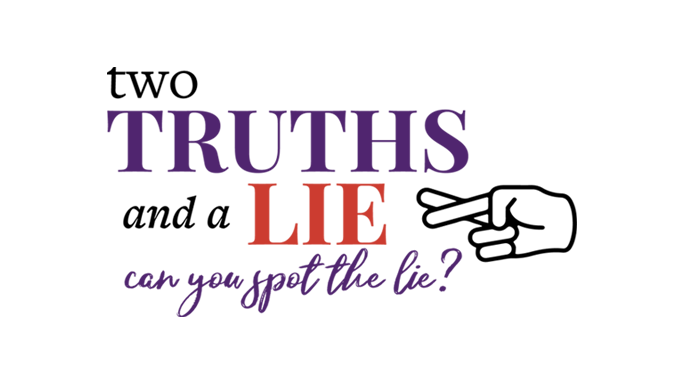Everybody loves the party game “Two Truths and a Lie!” Can you guess which of these three statements about education spending in the United States is false?
1. There is no clear correlation between per-pupil spending and academic results.
2. The U.S. spends more per student on education than most European countries.
3. Spending on public education has gone down compared to the last few decades, and that’s why schools are facing a budget crunch.
Let’s tackle these statements one at a time:
#1. True!
While some baseline amount of money is obviously necessary to pay teachers fairly and buy supplies, achievement – or even improvement over prior results – on the “nation’s report card,” NAEP, shows little correlation to those states and localities that spend higher dollar amounts. In fact, some of the country’s top-spending districts, like Washington D.C. where the district spends close to $30,000 per student annually, have some of the worst academic results.
And federal spending is the least correlated of all, having been nearly quintupled (in adjusted dollars) since the Department of Education’s creation while NAEP scores have remained stagnant or even declined.
#2. True!
While members of both parties often insist that education in the U.S. is underfunded, the reality is that the U.S. is one of the top per-pupil spenders among the countries that take the comparative PISA test, including most European countries. Taking into account federal, state, and local spending, we invest more than $700 billion a year in K-12 education, averaging out to approximately $14,700 per student annually. Surveys show, however, that perhaps because of the constant “underfunding” refrain, more than half of respondents polled believed that we spend less than $5,000 per student, when the real average is close to three times that amount. More than four in five people underestimated how much the U.S. spends on education.
#3. False!
Even adjusting for inflation, education spending as a whole has increased, not decreased, over the past three decades. Even the Washington Post had to issue a correction on an op-ed that made the opposite claim.
However, it’s anecdotally true that classrooms often face budget crunches, with teachers sometimes sacrificing money from their own paychecks for critical classroom supplies.
That might be because only a relatively small percentage of the funds taxpayers are investing in education are actually making it into the classroom. In Illinois, for example, only 11 cents of every new dollar spent on education by the state legislature is actually spent on teacher salaries, supplies, buildings, or other direct classroom costs. Massive pension liabilities, along with a huge explosion in non-teaching bureaucracy hires, eats up taxpayer dollars before they ever make it into the classroom.
In other words, poor spending decisions by districts, not lack of funding, are responsible for classroom shortages.

